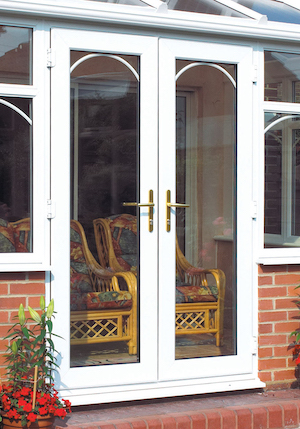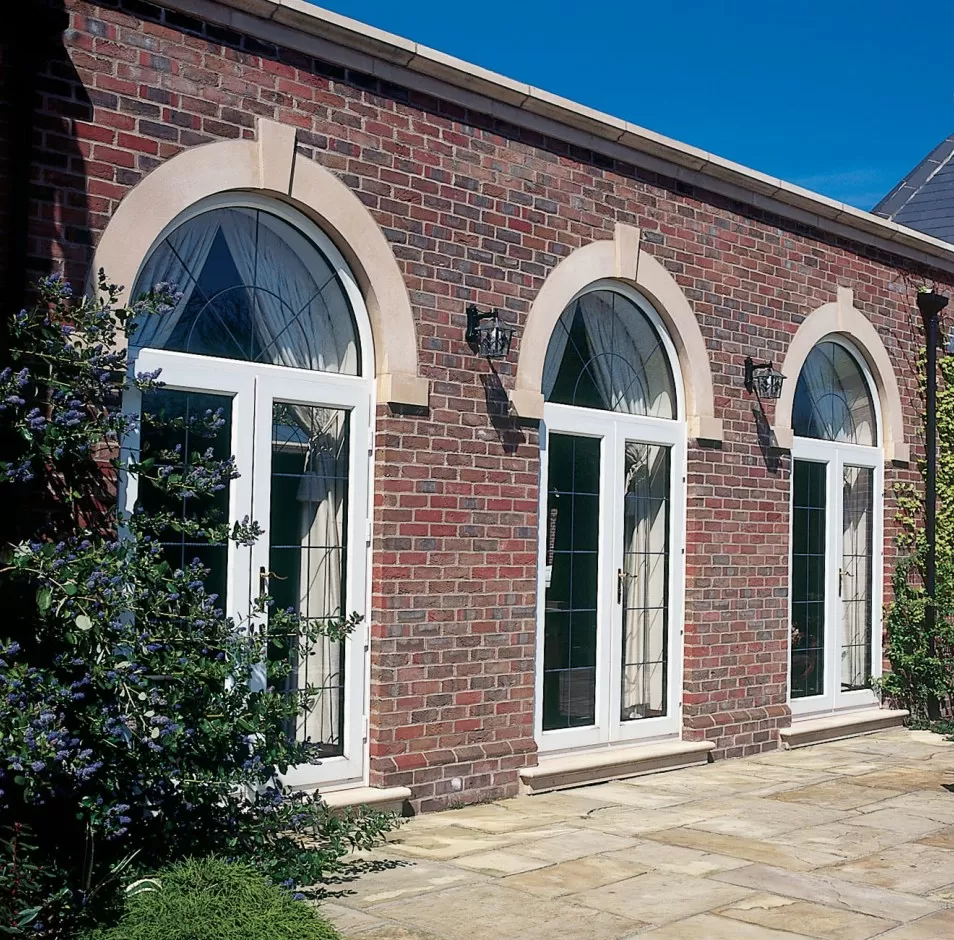Diese Unternehmen hat keine aktiven Jobs
See What French Door Adjustment Tricks The Celebs Are Making Use Of
A Comprehensive Guide to French Door Adjustment: Ensuring Functionality and Aesthetic Appeal
French doors have actually long been a cherished option for property owners looking for elegance and functionality for their home. Defined by their big panes of glass and the capability to open totally, French doors can transform a space by inviting natural light and creating a seamless connection between indoor and outside environments. Nevertheless, like any other door, they may require modifications over time to keep their ideal efficiency. This post will look into the nuances of French door adjustment, exploring why changes are essential, how to perform them, and addressing common questions on the topic.

Understanding French Door Mechanics
French doors usually include 2 panels that swing open from the center. They may have numerous locking mechanisms, hinges, and frame setups, which all play a function in their total performance. Here are some common components involved:
- Hinges: These are vital for swinging the door open and closed, and they need to be appropriately lined up to guarantee smooth motion.
- Locks and Latches: Mismatched locks can result in security issues and impact functionality.
- Limit: The bottom part of the door frame can end up being irregular, triggering gaps and drafts.
Why French Door Adjustment is Necessary
In time, French doors can experience misalignment due to:
- Settling of your house: Homes naturally settle, triggering frame adjustments which can misalign doors.
- Humidity and Temperature Changes: Wood doors can swell or shrink with humidity and temperature level variations.
- Use and Tear: Regular use with time can result in loose hinges or irregular thresholds.
Proper adjustment of French doors is vital to keep not only their aesthetic appeal but also their functionality.
How to Adjust French Doors
Changing French doors involves numerous actions and might vary slightly depending upon the specific setup. Nevertheless, the following basic treatment applies commonly to most French door setups.
Step-by-Step Adjustment
- Assessment: Begin by checking the hinges, frame, and limit for visible spaces or misalignments.
- Gather Tools: You will require:
- Screwdriver
- Level
- Shims (if required)
- Allen wrench (if hinges are adjustable)
- Adjust the Hinges:
- Loosen the screws on the hinges somewhat.
- Using an Allen wrench, change the hinge screws (if relevant) to raise or reduce the door panel up until it lines up properly.
- Tighten the screws back after adjustment.
- Inspect the Alignment: Use a level along the door’s edge to guarantee it stands directly. Adjust as required.
- Change the Threshold: If spaces persist at the bottom, usage shims under the limit or adjust it according to producer directions.
- Test the Locking Mechanism: Ensure that the doors lock securely into place without forcing them.
- Last Inspection: Check for any draft or misalignment after changes and appropriate if necessary.
Maintenance Tips
- Frequently check hinges and locks for wear and tear.
- Clean hinges with a lube to decrease friction.
- Examine weather condition stripping and replace it if it reveals significant indications of wear.
When to Seek Professional Help
While lots of property owners can attend to minor adjustments independently, some situations require professional assessment:
- Complex issues connected to structural problems within the home.
- Extreme misalignment triggered by prolonged wear, demanding replacement of hinges.
- Problems with lock mechanisms that require specialized tools and competence.
Common FAQs About French Door Adjustments
1. How typically must I change my French doors?Adjustments must
be made as required. A seasonal check is recommended to ensure ideal functionality, particularly after significant weather modifications. 2. What tools do I require for adjustment?Basic tools include
a screwdriver, level, Allen wrench, and shims for
supporting unequal limits. 3. Why is my French door sticking?Sticking may arise from humidity causing the door to swell or from
misaligned hinges. Check for grooves and adjust as essential. 4. Can I change French doors myself?Yes, with basic tools and a little understanding of the elements, a lot of house owners can manage simple modifications.
5. What if my French doors will not close properly?This can indicate severe misalignment or damaged hardware. Evaluate the circumstance and think about professional assistance if it can not be fixed with easy changes. French doors can considerably boost the aesthetic and functional qualities of a home. Though they may require occasional adjustments due to numerous aspects such as settling, humidity, and regular use, a few easy steps can
restore their efficiency. Routine examinations and proactive maintenance can prolong the life expectancy of French doors, enabling homeowners to enjoy their appeal and energy for many years to come. Eventually, a well-adjusted set of French doors not only serves useful purposes but likewise adds to the general sophistication of any space. Summary Table: Key Points for French Door Adjustment Element Description Parts Hinges, locks, locks, limit Common Issues Misalignment, sticking, spaces Tools Needed Screwdriver, level, Allen wrench, shims Adjustment Steps Check, adjust
hinges, inspect alignment Maintenance Tips Routine clean-up,
| examine for wear, replace seals | |
|---|---|
| When to Seek | Help Complex issues or structural issues With this |
| understanding at hand, homeowners can ensure their French doors stay not | |
just functional, but likewise a gorgeous feature of their home.
Information
|